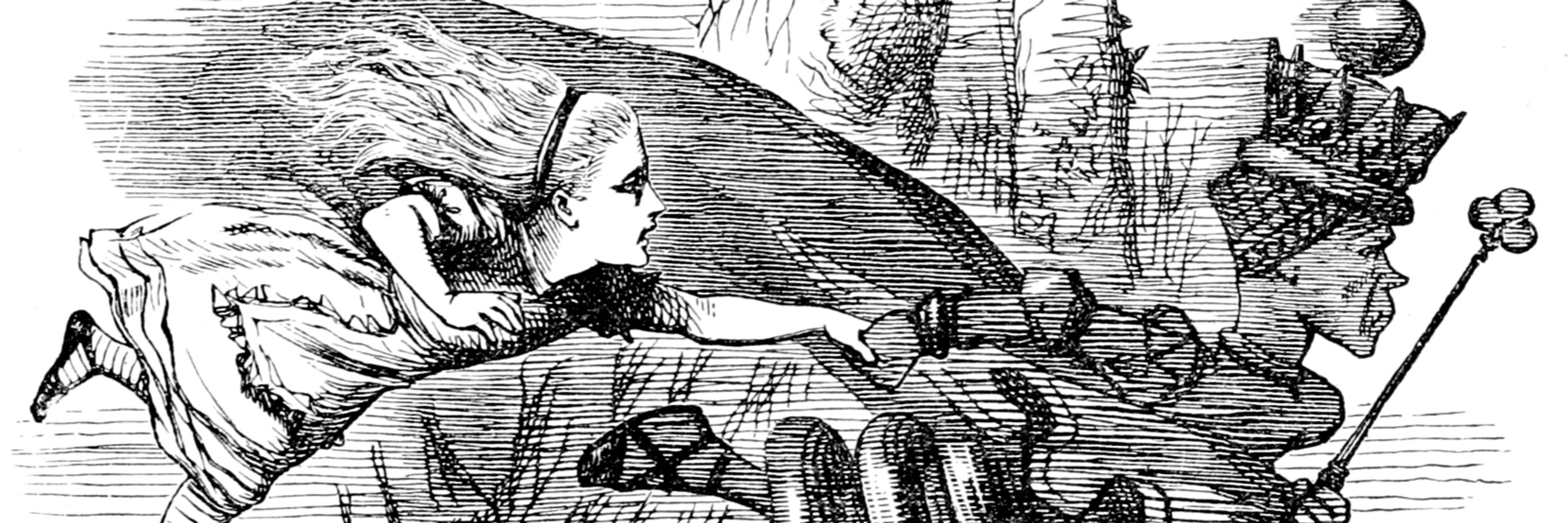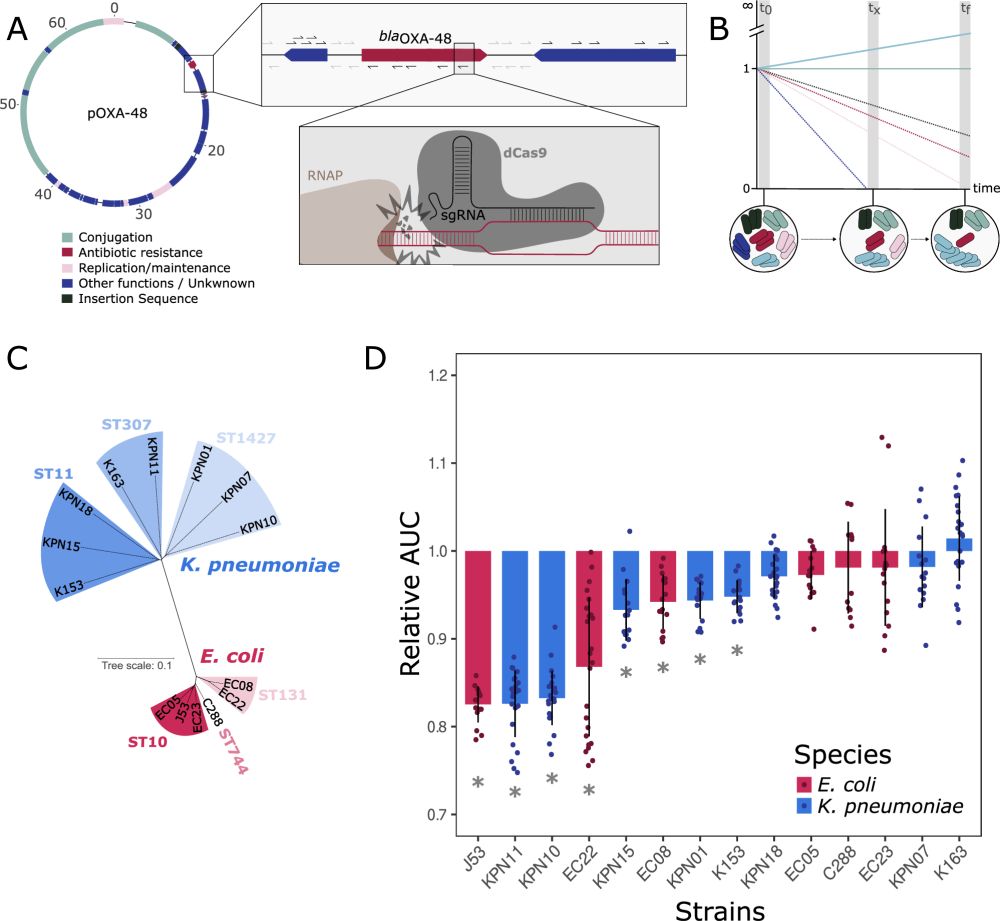Taoran Fu
@taoranfu.bsky.social
420 followers
610 following
28 posts
Eco-evo | Postdoc in Brockhurst group at University of Manchester
Microbiology | Pseudomonas | Quorum-sensing and defense system
Posts
Media
Videos
Starter Packs
Pinned
Reposted by Taoran Fu
Reposted by Taoran Fu
Reposted by Taoran Fu
Reposted by Taoran Fu
Ousmane H. Cisse
@ousmanecis.bsky.social
· Aug 31

Why are there so few pathogens? Ecology and evolution in pathogen emergence
Why are there so few pathogens, and what determines their emergence? This Perspective argues that ecological and evolutionary forces (host availability, geographic exposure and microbial innovation) w...
journals.plos.org
Reposted by Taoran Fu
Reposted by Taoran Fu
Reposted by Taoran Fu
Reposted by Taoran Fu
Reposted by Taoran Fu
Kaitlin Schaal
@evokait.bsky.social
· Sep 3

Species interactions determine plasmid persistence in a 3-member bacterial community
Microbial communities are shaped by complex forces, including interspecies interactions and the effects of mobile genetic elements such as plasmids. How these forces interact to affect community respo...
doi.org
Reposted by Taoran Fu
Will Smith
@willpjsmith.bsky.social
· Aug 31

Type VI secretion system activity at lethal antibiotic concentrations leads to overestimation of weapon potency
Competition assays are a mainstay of modern microbiology, offering a simple and cost-effective means to quantify microbe–microbe interactions in vitro. Here, we demonstrate a key weakness of this meth...
www.microbiologyresearch.org
Reposted by Taoran Fu
Malcolm White
@mfwhite2.bsky.social
· Sep 2
Sorek Lab
@soreklab.bsky.social
· Sep 2

Synthetically designed anti-defense proteins overcome barriers to bacterial transformation and phage infection
Bacterial defense systems present considerable barriers to both phage infection and plasmid transformation. These systems target mobile genetic elements, limiting the efficacy of bacteriophage-based t...
www.biorxiv.org
Reposted by Taoran Fu
James McInerney
@jomcinerney.bsky.social
· Aug 29

Genomic constraints shape the evolution of alternative routes to drug resistance in prokaryotes
Background Variation within the prokaryotic pangenome is not random, and natural selection that favours particular combinations of genes appears to dominate over random drift. What is less clear is wh...
www.biorxiv.org
Reposted by Taoran Fu
Reposted by Taoran Fu
Emmanuele Severi
@emmseveri.bsky.social
· Aug 25

Functional diversity of phage sponge proteins that sequester host immune signals
Multiple bacterial immune systems, including CBASS, Thoeris, and Pycsar, employ signaling molecules that activate the immune response following phage infection. Phages counteract bacterial immune sign...
www.biorxiv.org
Reposted by Taoran Fu
George Bouras
@gbouras13.bsky.social
· Aug 8

Protein Structure Informed Bacteriophage Genome Annotation with Phold
Bacteriophage (phage) genome annotation is essential for understanding their functional potential and suitability for use as therapeutic agents. Here we introduce Phold, an annotation framework utilis...
www.biorxiv.org
Reposted by Taoran Fu
Rowan Green
@rowancallumg.bsky.social
· Aug 18

Antimutator and Mutational Spectrum Effects Can Combine to Reduce Evolutionary Potential in Escherichia coli ΔnudJ
Abstract. The rate of spontaneous mutation is a key factor in determining the capacity of a population to adapt to a novel environment, for example, a bact
doi.org
Reposted by Taoran Fu
Reposted by Taoran Fu
Dr. Arnaldo Díaz
@ajdiazphd.bsky.social
· Jul 29
Kevin Forsberg
@kvnforsberg.bsky.social
· Jul 29














